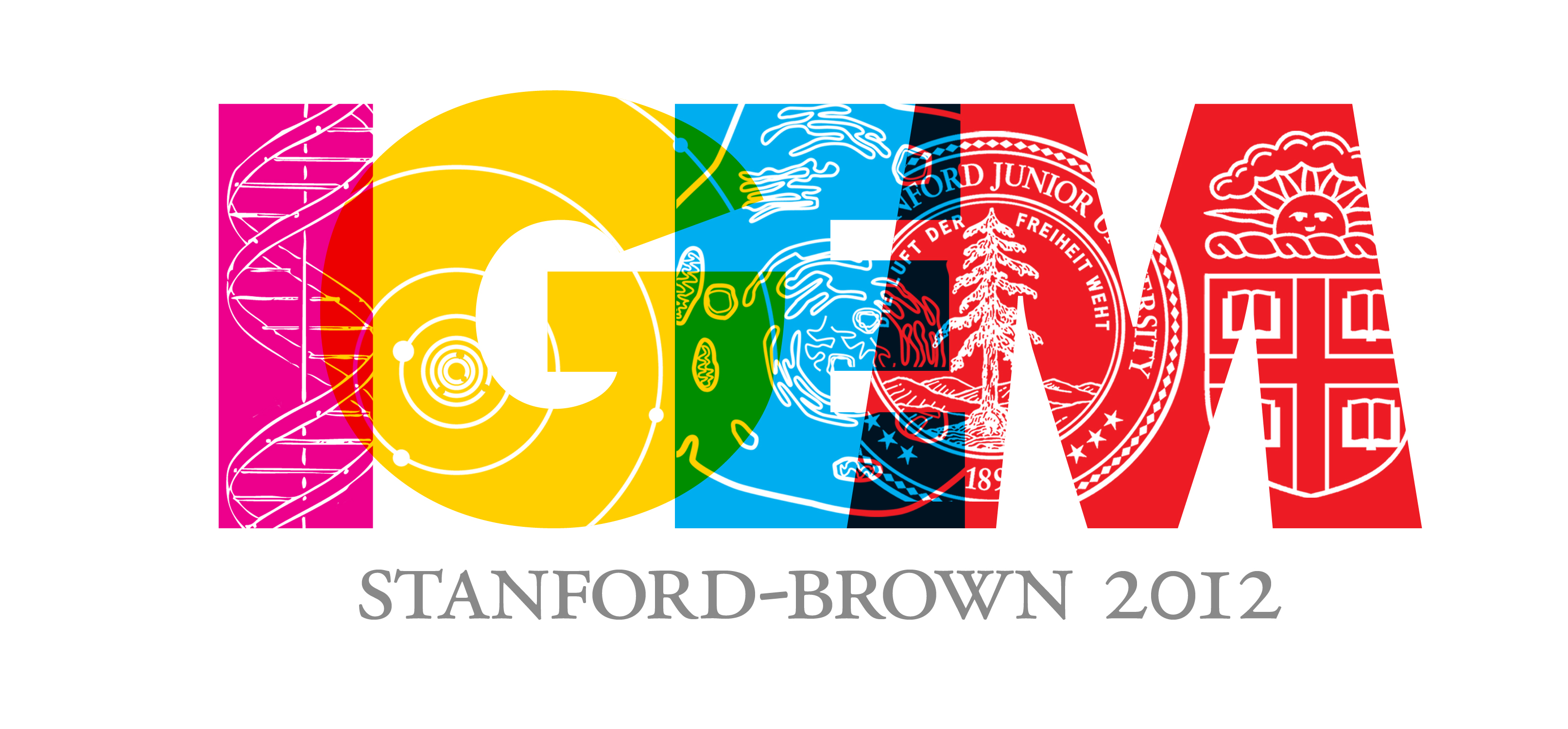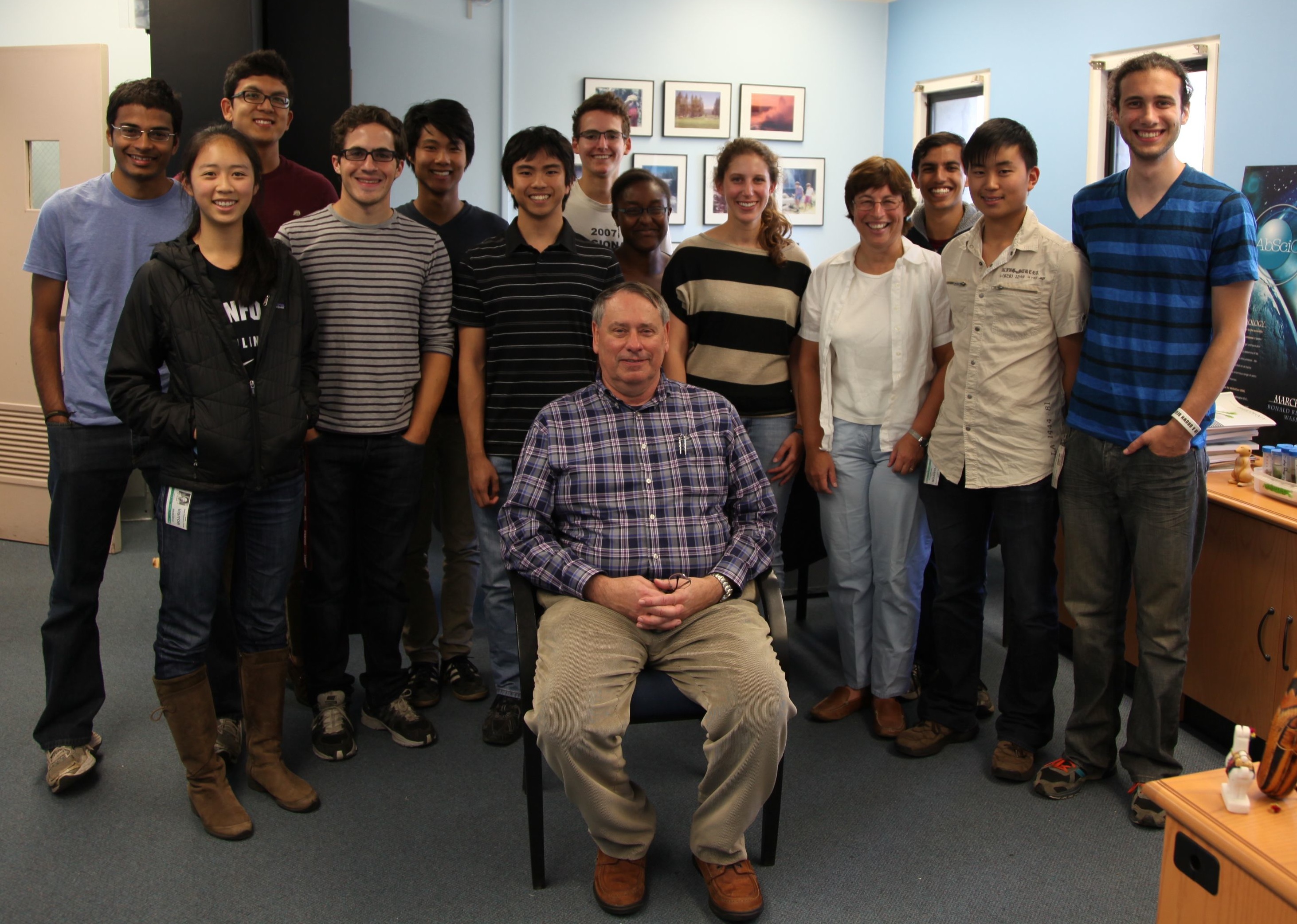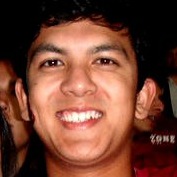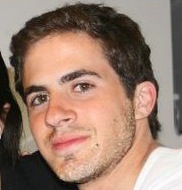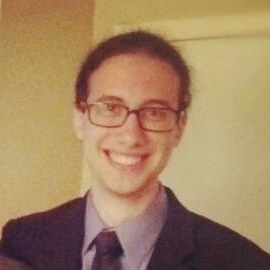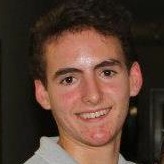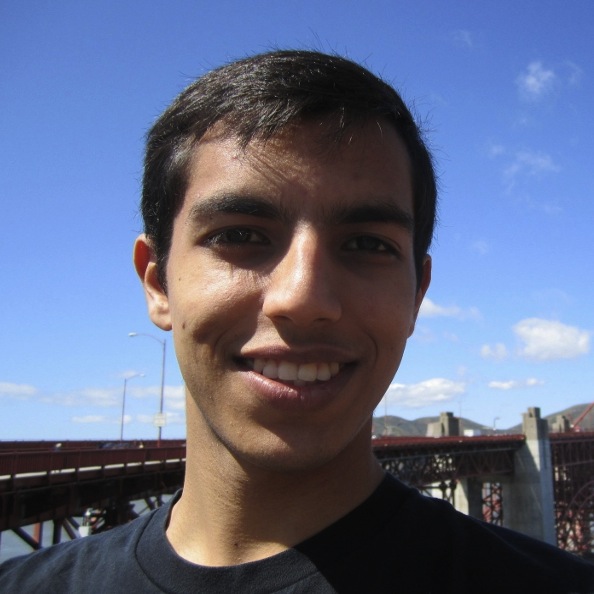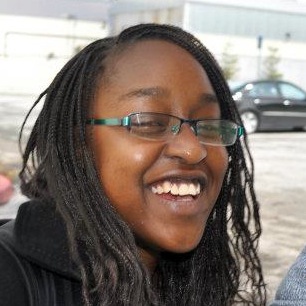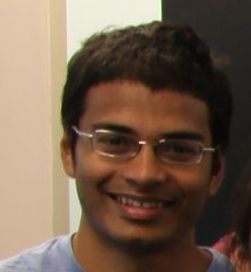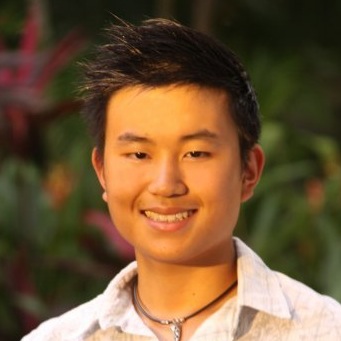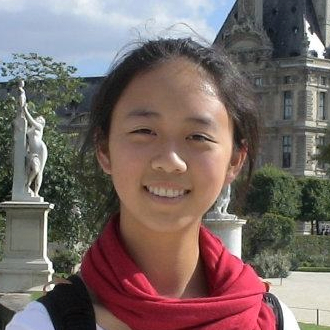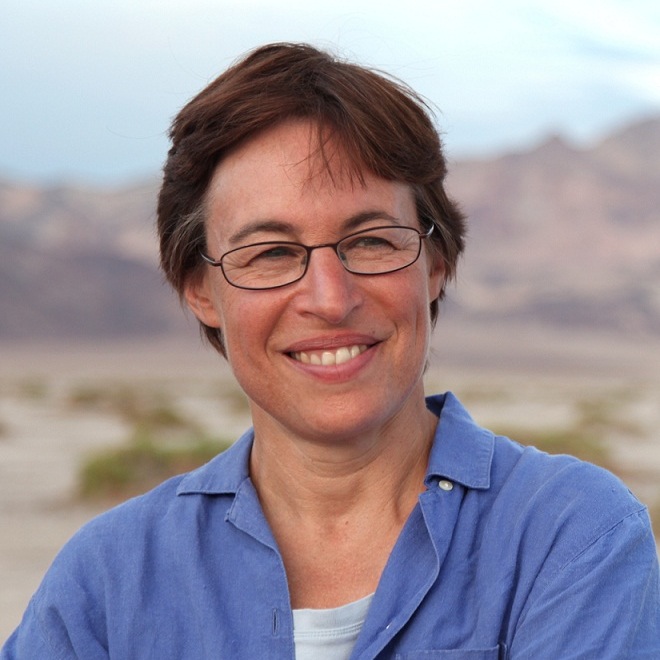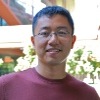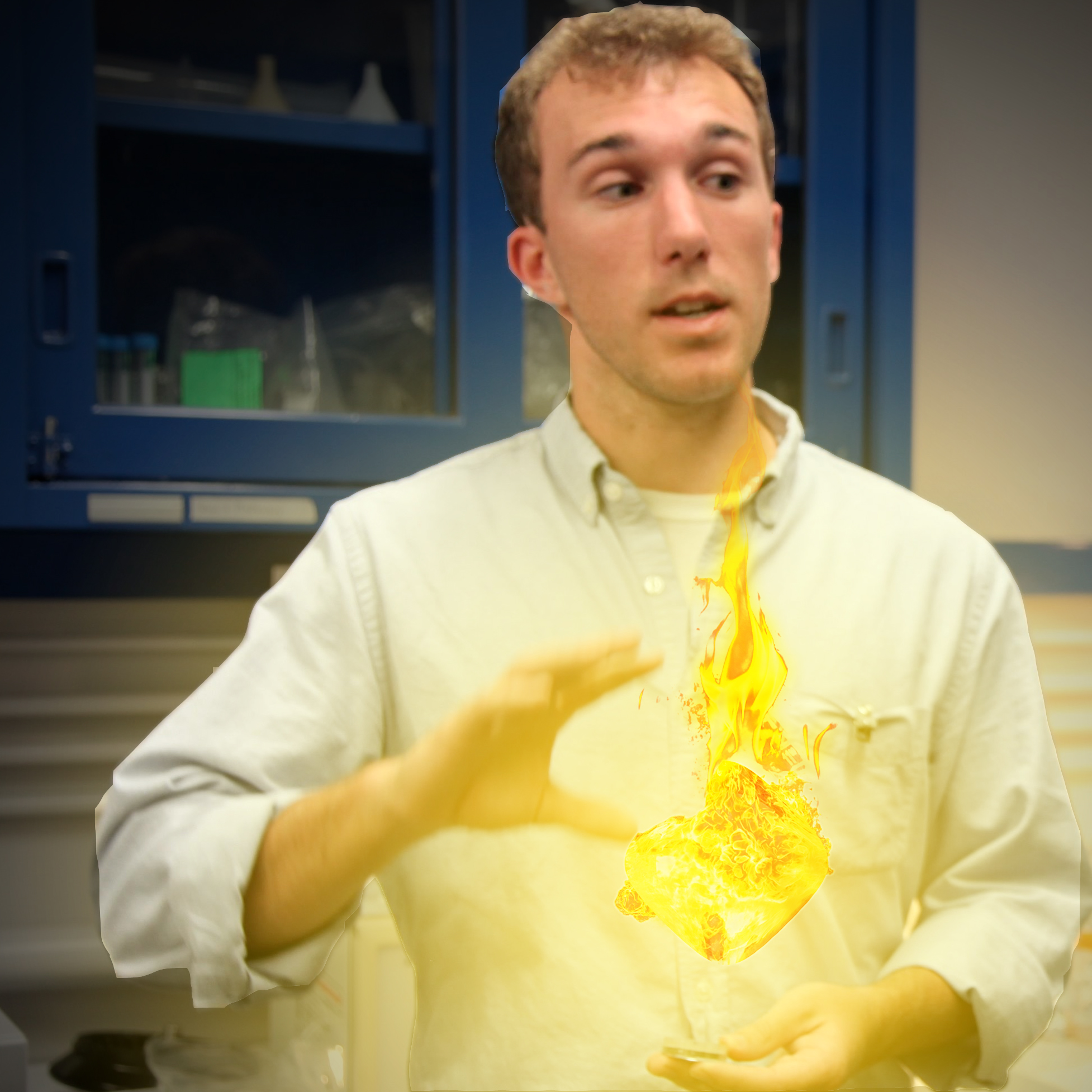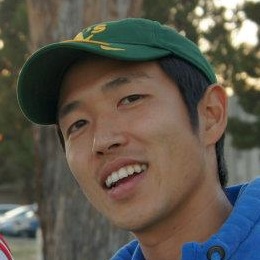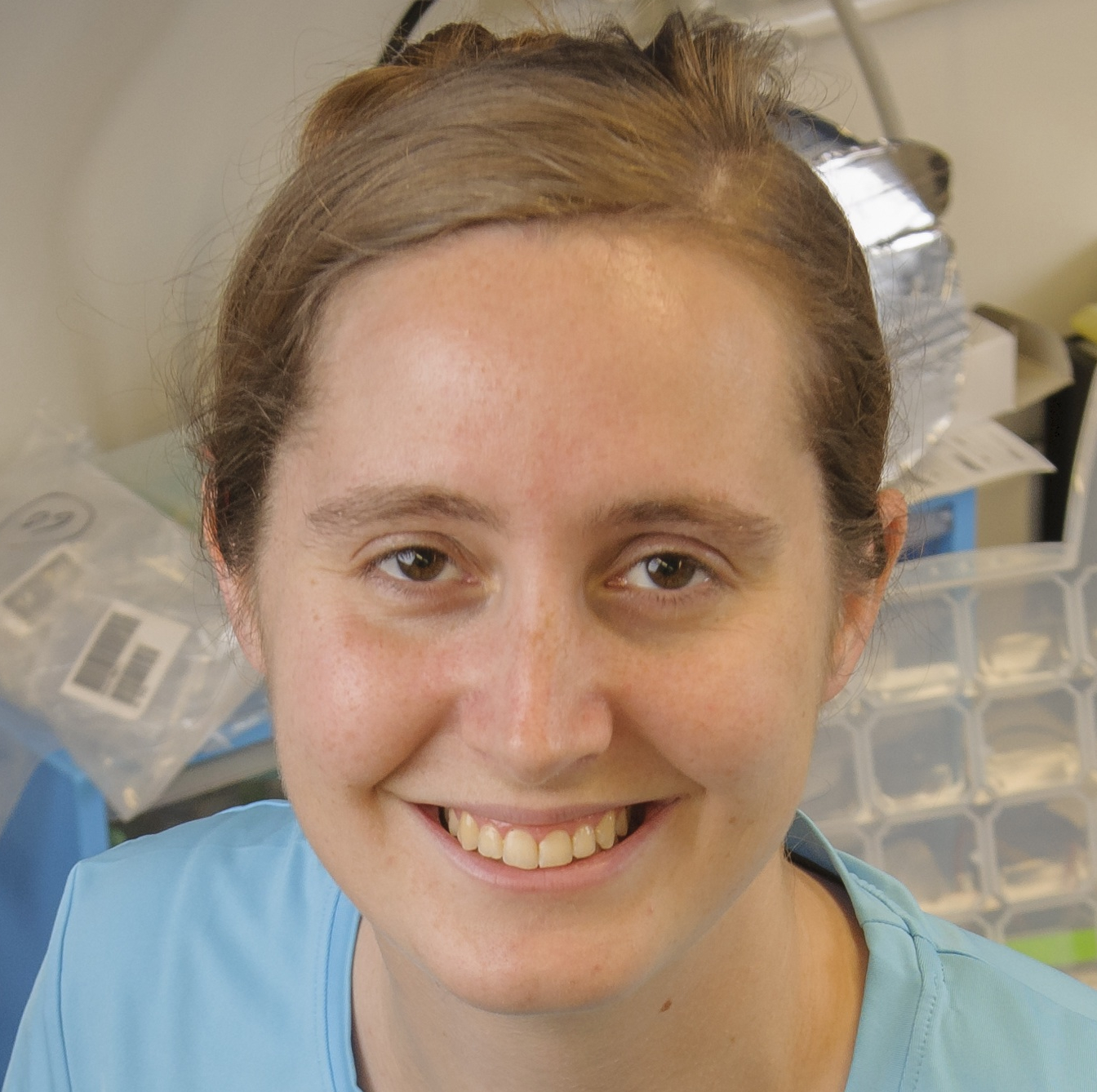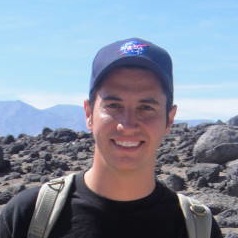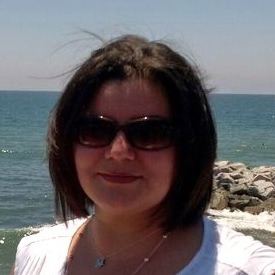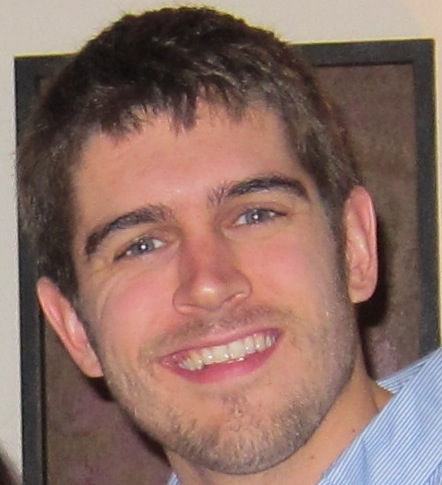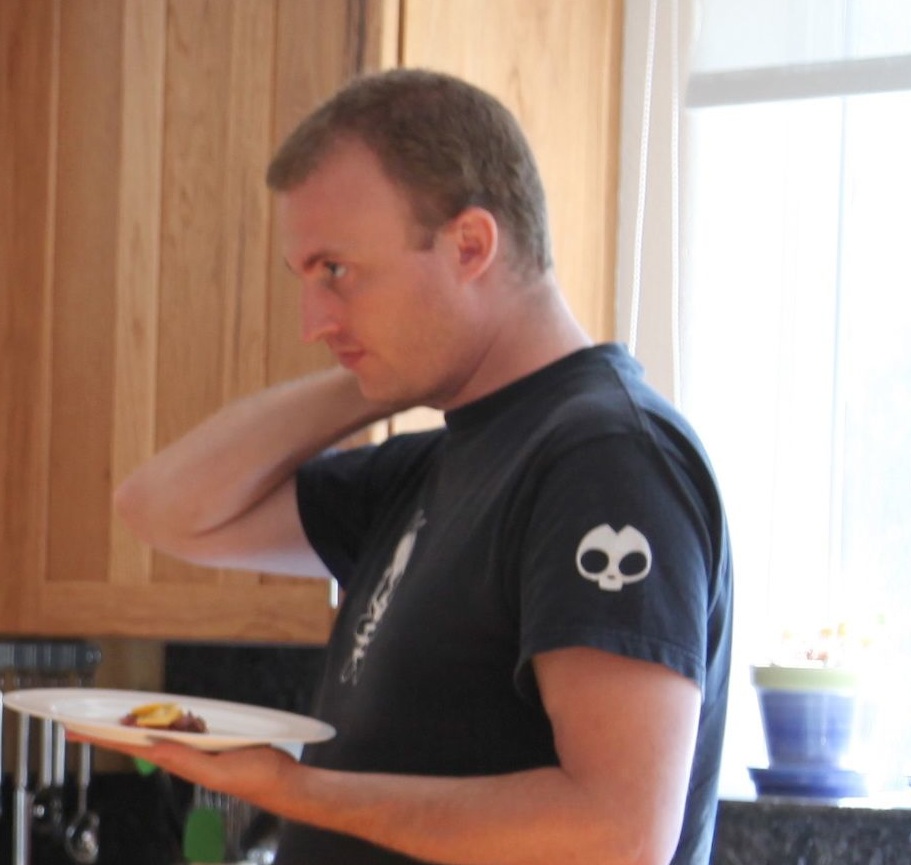Team:Stanford-Brown/AboutUs/Team
From 2012.igem.org
| (16 intermediate revisions not shown) | |||
| Line 9: | Line 9: | ||
<li><a href="/Team:Stanford-Brown/AboutUs/Sponsors">Sponsors</a></li> | <li><a href="/Team:Stanford-Brown/AboutUs/Sponsors">Sponsors</a></li> | ||
<li><a href="/Team:Stanford-Brown/AboutUs/Attributions">Attributions</a></li> | <li><a href="/Team:Stanford-Brown/AboutUs/Attributions">Attributions</a></li> | ||
| + | <li><a href="/Team:Stanford-Brown/AboutUs/Recruiting">Recruiting</a></li> | ||
</ul> | </ul> | ||
</div> | </div> | ||
| Line 15: | Line 16: | ||
{{:Team:Stanford-Brown/Templates/Content}} | {{:Team:Stanford-Brown/Templates/Content}} | ||
== '''About Us''' == | == '''About Us''' == | ||
| - | |||
| - | + | [[File:Sb2012logo.jpg|200px|left]] | |
| - | Our team is composed of thirteen undergraduates and recent graduates working under the guidance of post-doctoral students and professors. We are always looking to share our passion for the exciting new field of synthetic biology, so please make sure to contact us with any questions. | + | We are the combined iGEM team of Brown University and Stanford University, working together across three thousand miles and four time zones to develop synthetic biology applications for astrobiology. Over the course of summer 2012, we have managed to achieve quite some progress in this novel application for synthetic biology. We developed 6 parts that confer resistance to basicity and desiccation to explore where life is going as we move towards the stars. We created cell-cycle promoters to create remote biosensors: tools for astrobiologists to study the growth of samples without disturbing them. We engineered a standardized flagella part that can express metalbinding sites to harvest metals ''in situ''. |
| + | |||
| + | Our team is composed of thirteen undergraduates and recent graduates working under the guidance of post-doctoral students and professors. We are always looking to share our passion for the exciting new field of synthetic biology, so please make sure to contact us with any questions. Thanks for visiting! | ||
| + | |||
| + | [[File:Team_with_pete.jpg|600px|center|thumb|The team with NASA Ames Center Director, Pete Worden]] | ||
== '''Who Are We?''' == | == '''Who Are We?''' == | ||
Latest revision as of 08:53, 27 November 2012
About Us
We are the combined iGEM team of Brown University and Stanford University, working together across three thousand miles and four time zones to develop synthetic biology applications for astrobiology. Over the course of summer 2012, we have managed to achieve quite some progress in this novel application for synthetic biology. We developed 6 parts that confer resistance to basicity and desiccation to explore where life is going as we move towards the stars. We created cell-cycle promoters to create remote biosensors: tools for astrobiologists to study the growth of samples without disturbing them. We engineered a standardized flagella part that can express metalbinding sites to harvest metals in situ.
Our team is composed of thirteen undergraduates and recent graduates working under the guidance of post-doctoral students and professors. We are always looking to share our passion for the exciting new field of synthetic biology, so please make sure to contact us with any questions. Thanks for visiting!
Who Are We?
Students:
Faculty Advisors:
Mentors:
 "
"
